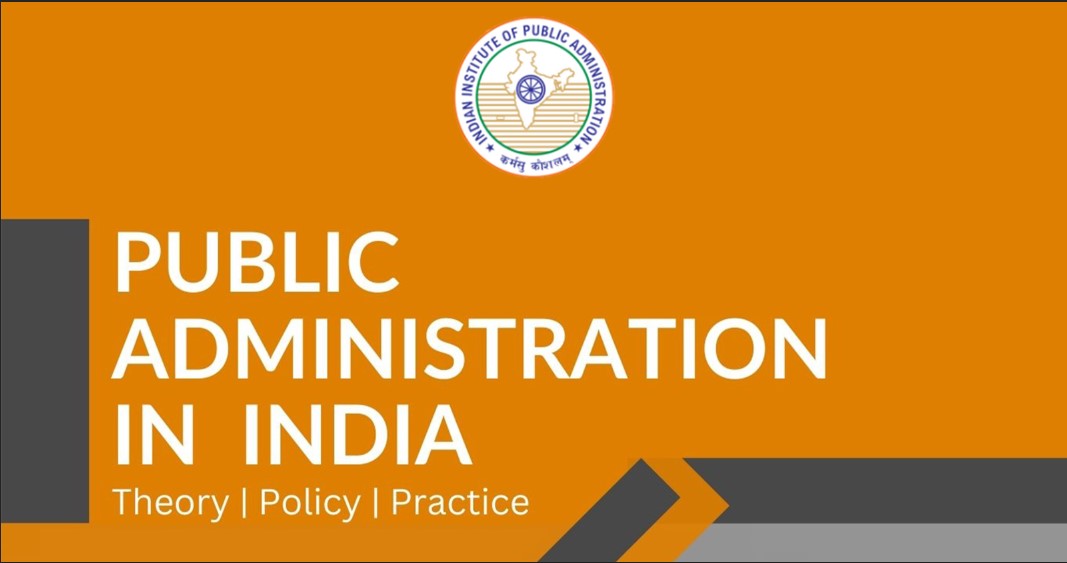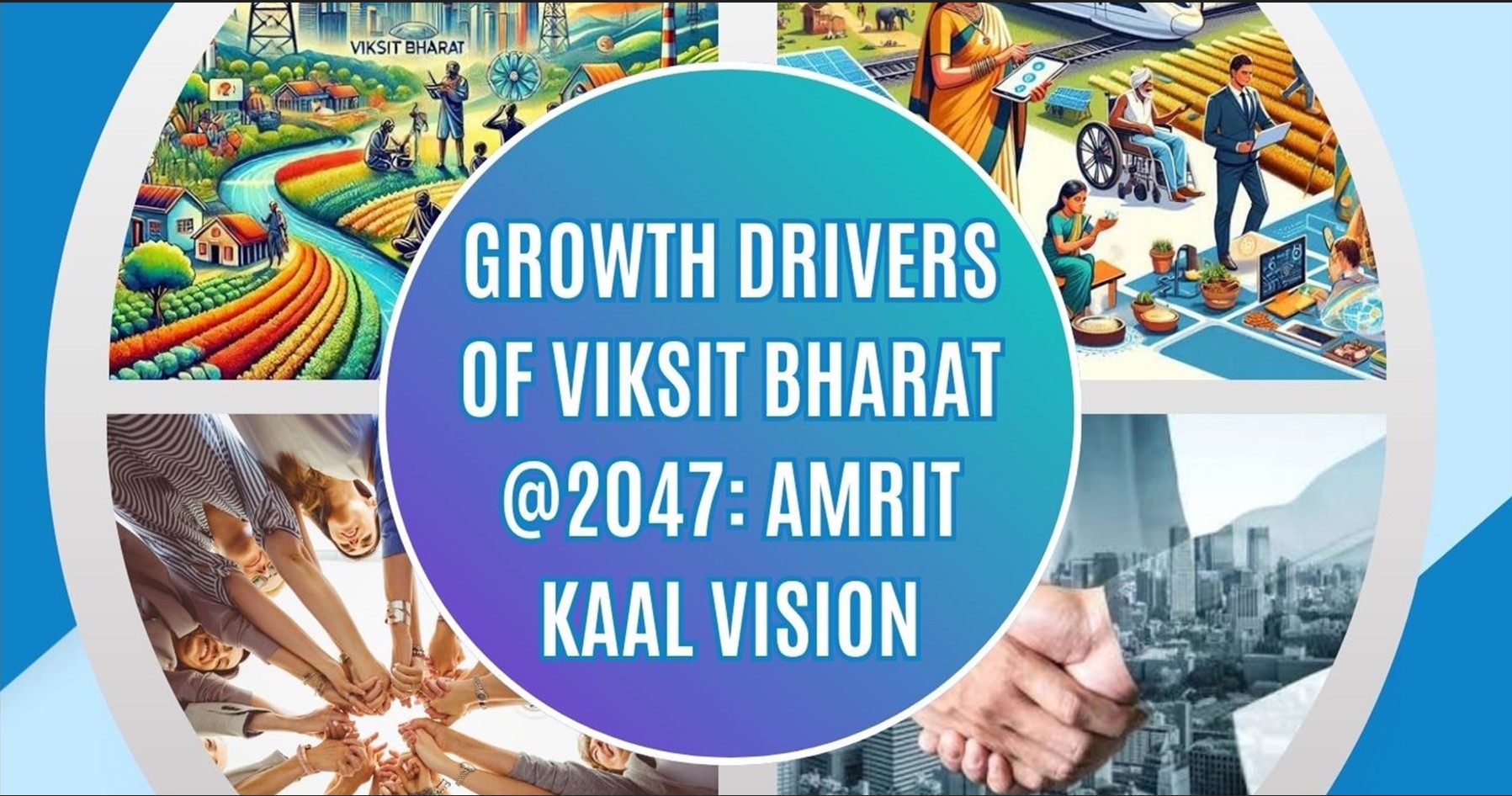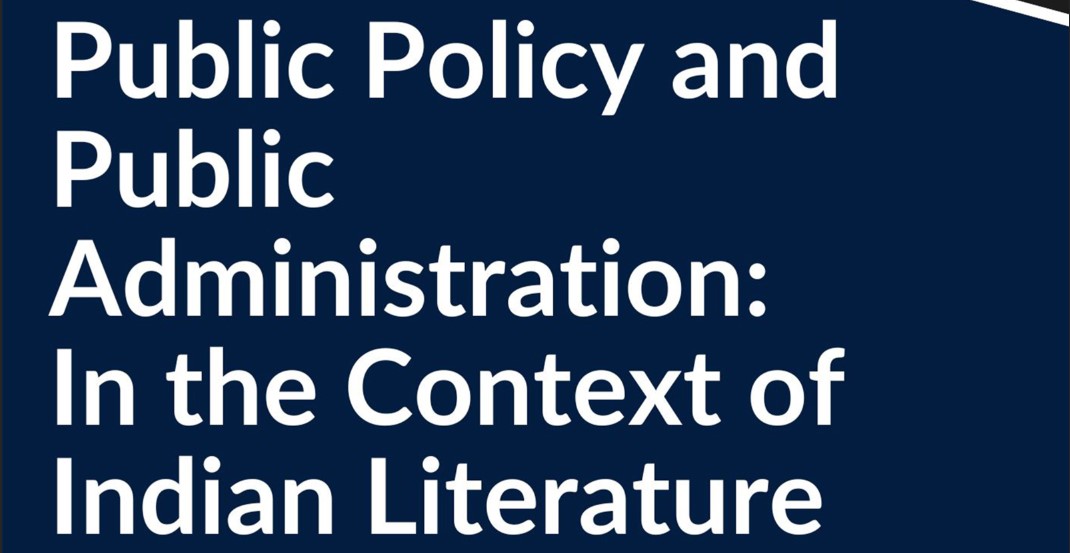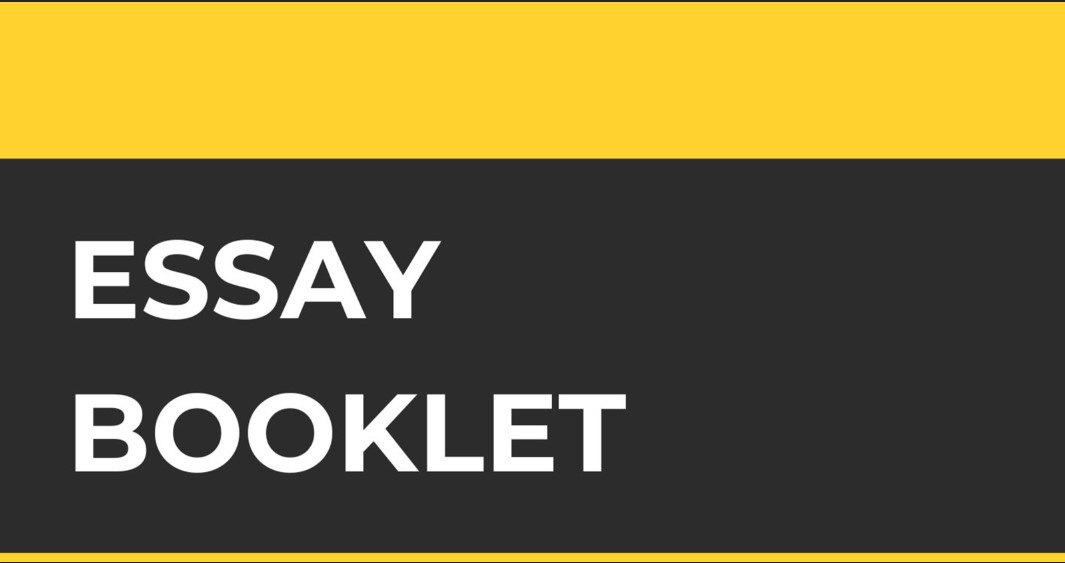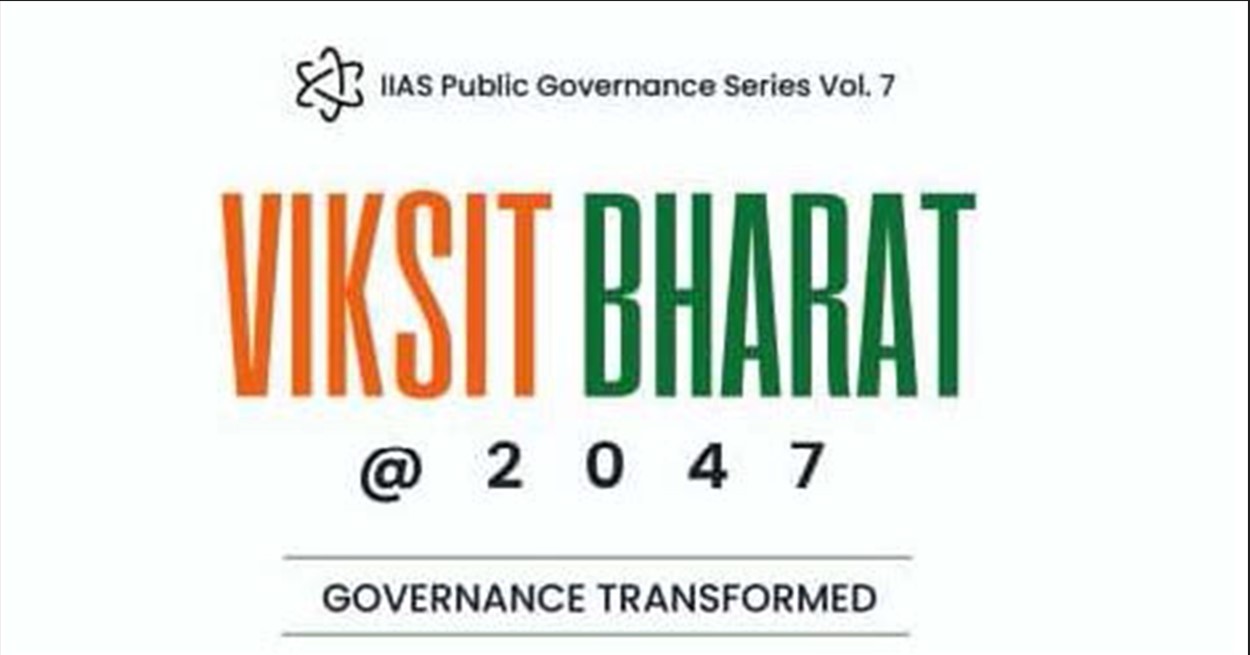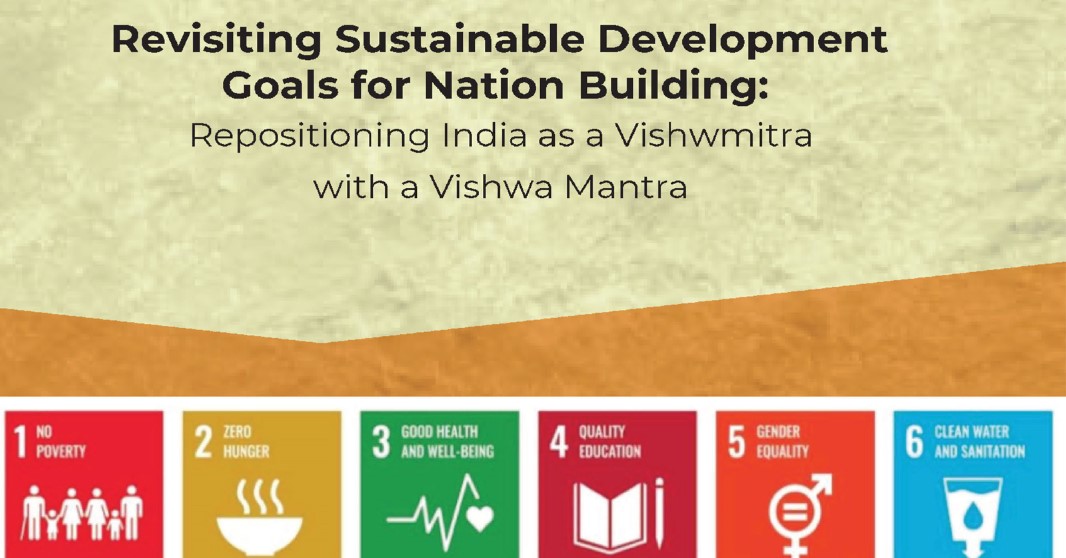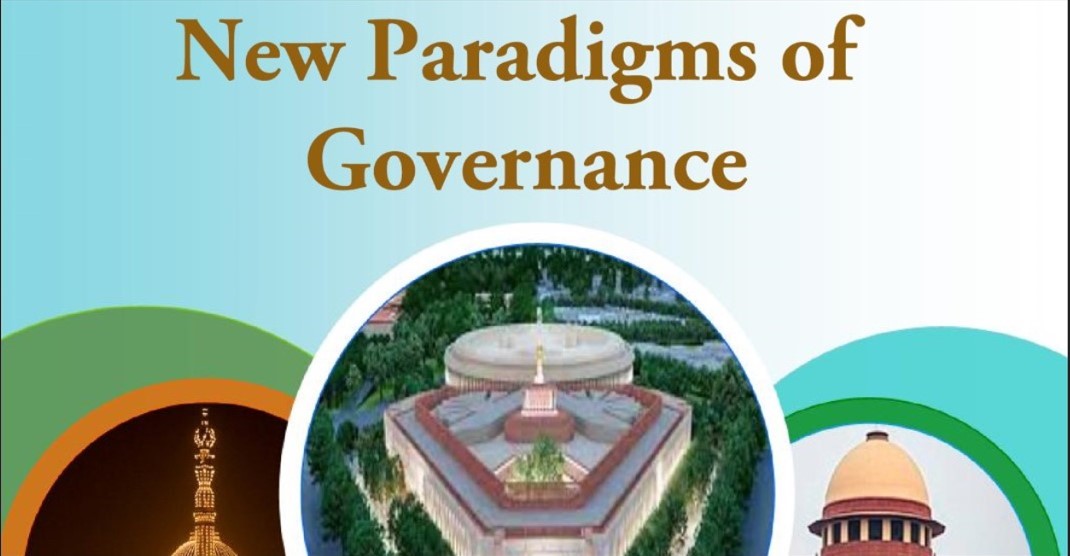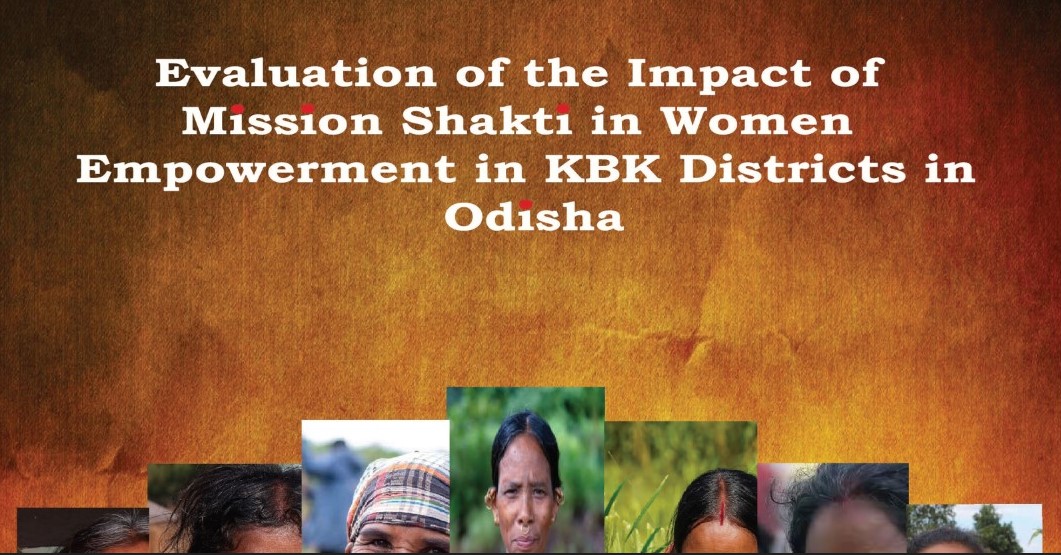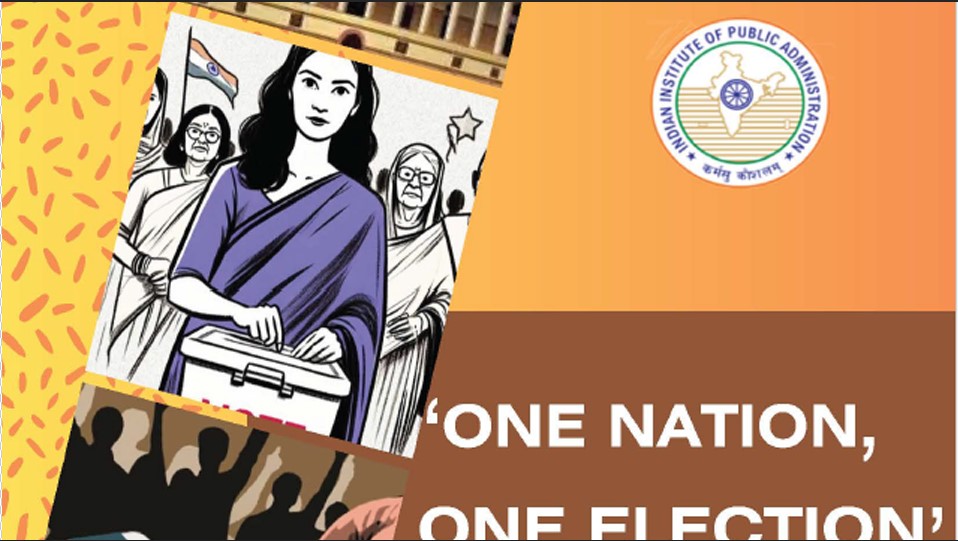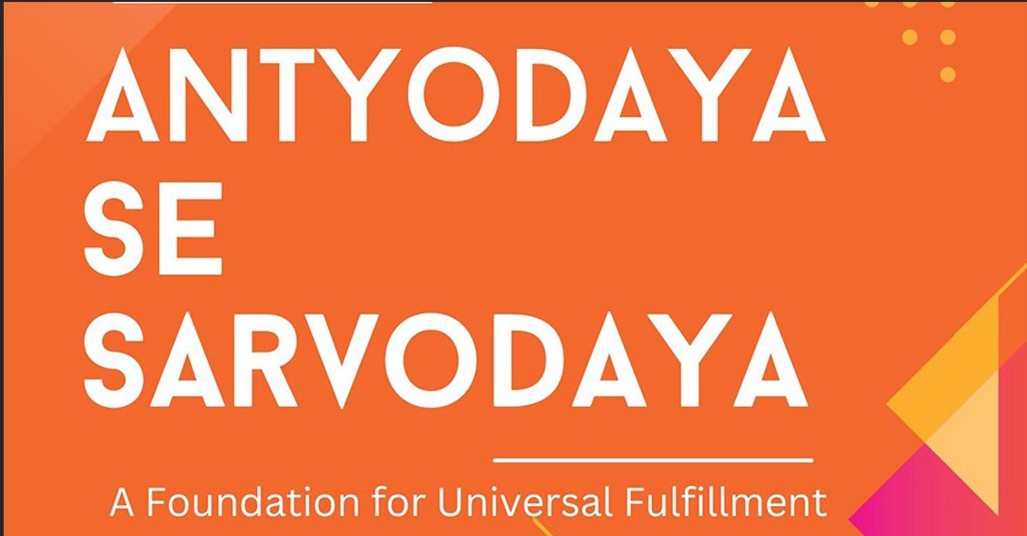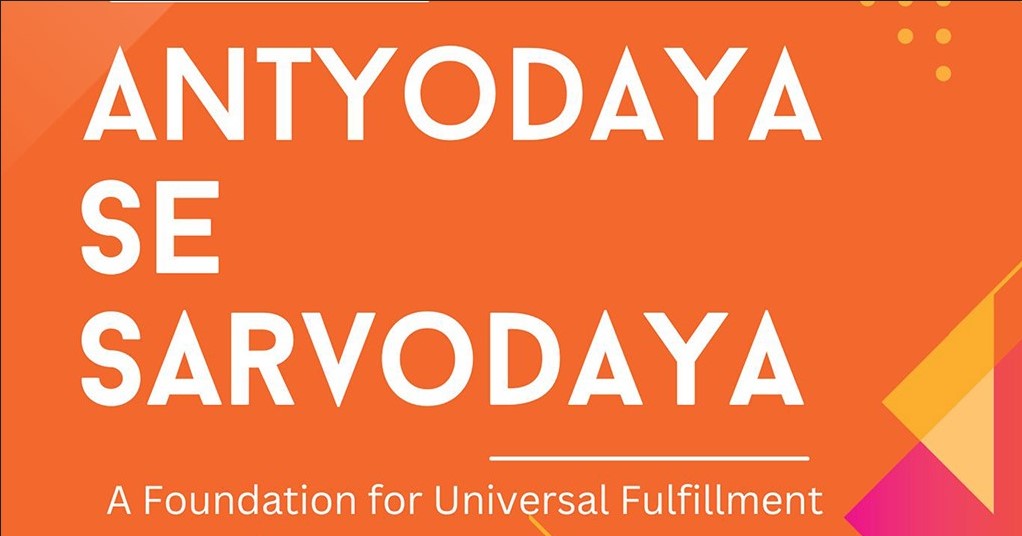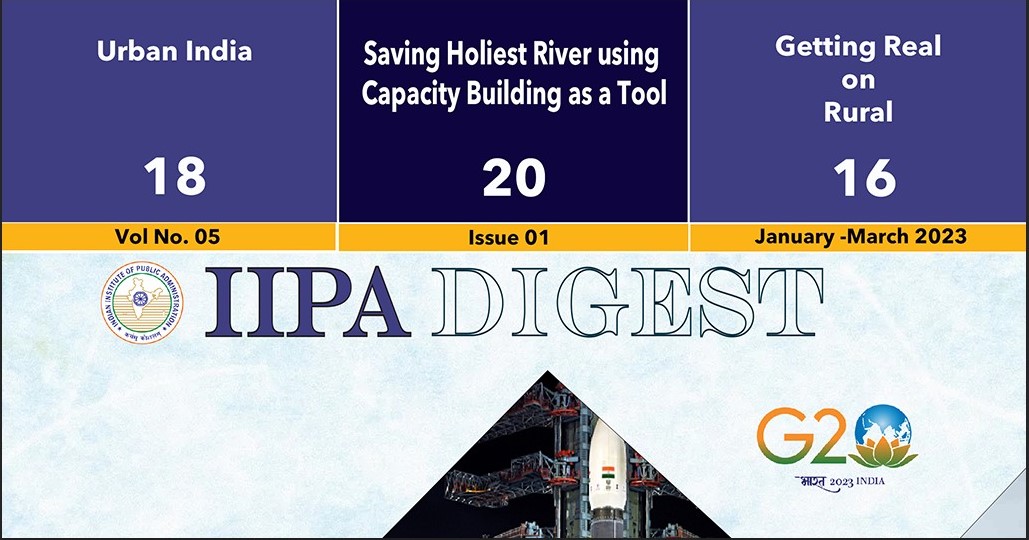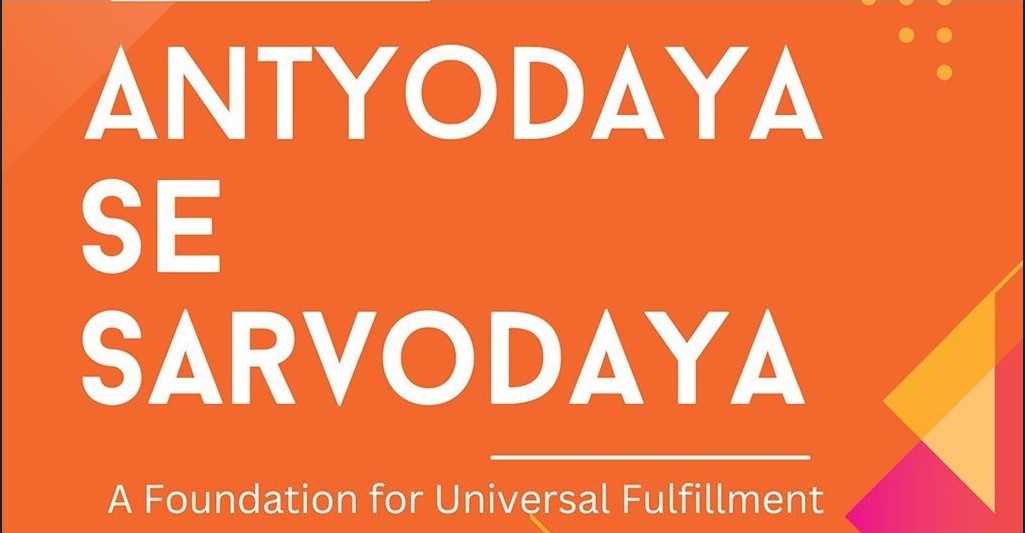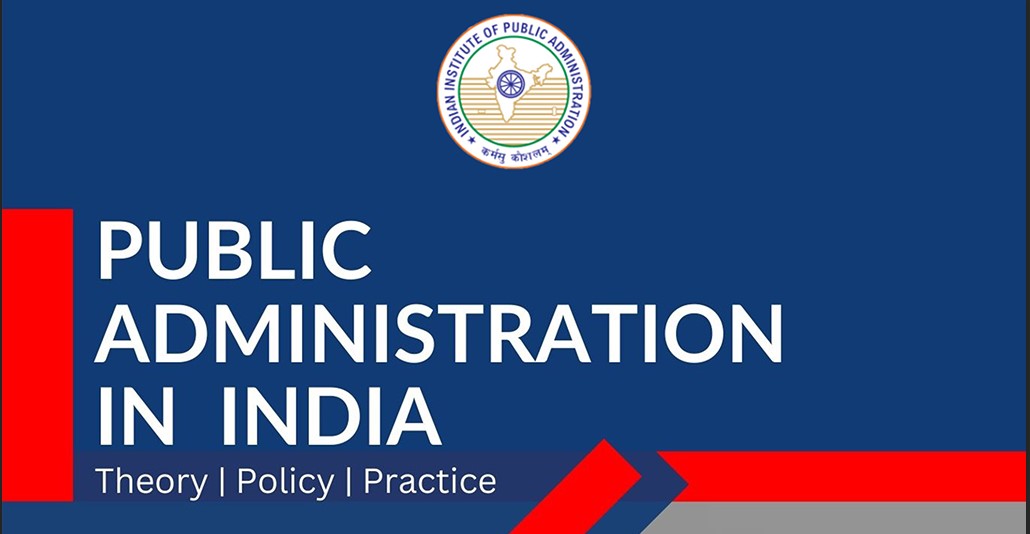Public Policy and Market
Introduction
The study of ancient India's economic history has often been dominated by two contrasting perspectives. On one hand, there is the image of a largely static, village-based subsistence economy, governed by caste and tradition. On the other, there is the model derived from regional texts, which presents a vision of a highly centralized, state-controlled economy where nearly every facet of production and exchange is subject to bureaucratic oversight (Kangle, 1965).
This study theorizes that regional literature, composed in languages such as Pali, Prakrit, and Tamil, provides a vital corrective to the state-centric, pan-Indian model. These texts ranging from Buddhist birth stories (Jātakas) and monastic rules (Vinaya Piṭaka) to the rich poetic corpus of Sangam-era Tamil Nadu offer incidental but invaluable glimpses into the everyday workings of commerce, the concerns of merchants, the structure of markets, and the tangible impact of state policies like taxation and regulation.
This chapter discusses that these sources reveal not a single, overarching economic policy, but a spectrum of state-market relationships tailored to distinct regional ecologies and economic priorities. The state was a ubiquitous actor, but its role shifted from being a meticulous regulator of an agrarian surplus in the Gangetic heartland to a pragmatic facilitator of maritime commerce in the coastal south.
This chapter explores the key facets of public policy viz. taxation, infrastructure, legal frameworks, and market regulation; and examines the crucial role of autonomous institutions like merchant guilds, which served as the primary interface between the state and the market.
Evidence from Sanskrit Literature
Kautilya's Arthashāstra is the exemplary text of this model. It outlines a bureaucratic machinery of complexity, with superintendents (adhyakṣas) appointed to control virtually every economic activity imaginable: from agriculture, weaving, and liquor production to mining, and shipping (Kangle, 1965). The state is presented as the largest economic producer, owning vast tracts of land, forests, and mines. Regulation is paramount. The Superintendent of Commerce is tasked with monitoring supply and demand, centralising the sale of key commodities, and fixing prices to allow a specific profit margin for merchants. Quality control is enforced with a system of fines for adulteration, and weights and measures are to be strictly standardised and stamped by the state (Shamasastry, 1915).
Taxation in the Arthashāstran model is comprehensive and systematic. It includes a share of agricultural produce (bhāga), taxes on artisans, tolls (śulka) at frontiers and city gates, ferry fees, and a host of other levies. The overarching principle is that a full treasury is essential for a powerful army and a stable state. Similarly, law and order are viewed through an economic lens; a primary duty of the king is the "protection of trade routes" from thieves and wild animals, ensuring the safe passage of caravans (Kangle, 1965).
The Dharmaśāstras broadly echo these principles, although with a greater emphasis on upholding the socio-religious order (varṇāśramadharma). Manu, for instance, advises the king to fix the rates of purchase and sale for all marketable goods, to inspect weights and measures every six months, and to collect various taxes, including a twentieth part of the profit on goods sold (Bühler, 1886)
This framework presents a clear ideology of public policy: the state should be proactive, interventionist, and extractive. The market is not an autonomous sphere but a domain to be managed and controlled for the benefit of the state.
Evidence from Pali Literature
The Pali literature offers a rich portrait of the socio-economic landscape of the Gangetic plains. Unlike the sastras, these texts were not composed for princes; their audience was a wide cross-section of society, and they reflect the lived concerns of monks, merchants, artisans, and farmers (Rhys Davids, 1903).
State as Regulator and Extractor
The Pali texts present a state that is an active economic agent. The king's primary interaction with the market appears to be through taxation. Taxes mentioned include the king's share of the harvest, tolls on merchandise at river crossings and city gates (suṅka), and fines (Fick, 1920).
The state's role in price control and quality assurance also finds mention. This implies a degree of state intervention in urban markets, aimed perhaps at preventing excessive profiteering and ensuring stable supplies for the palace and the capital.
Merchants undertaking long journeys are often shown seeking the king's assurance of protection for their convoys. The failure to provide this security was seen as a major dereliction of royal duty.
State as Facilitator
While often portrayed as extractive, the state also performed functions that facilitated commerce. The development of roads, even if primarily for military movement, benefited merchants. The state was also the primary authority for minting and guaranteeing the authenticity of currency. The proliferation of punch-marked coins across northern India from the 5th century BCE onwards, bearing symbols associated with various ruling dynasties (janapadas) and empires, is tangible evidence of the state's role in underwriting a monetised economy (Chakravarti, 2016).
Furthermore, the state acted as a legal arbiter also. Commercial disputes, such as those concerning debt or breach of contract, could be brought before royal courts.
However, the Pali texts also make it clear that a significant amount of regulation and dispute resolution occurred within professional bodies, most notably the guilds, suggesting a system of layered jurisprudence where state law coexisted with community-based rules. The state's power was not absolute; it was in a constant process of negotiation with powerful social and economic groups. The Pali sources suggests that the policies were a blend of extraction, regulation, and facilitation, experienced by the public as both a protective and a predatory force.
Insights from Tamil Sangam Literature
Shifting the focus to the southern peninsula, the Tamil Sangam literature offers a dramatically different perspective on the relationship between public policy and the market. In these works, the market is not simply a backdrop; it is a central stage for action, and maritime trade is the lifeblood of the economy (Zvelebil, 1973).
The economy hinged on agriculture viz. rice, millets, sugarcane; reinforced by policies like royal irrigation (kalanjiyam) and land grants to vellalas (farmers), as lauded in Purananuru for averting droughts. Pattinappalai describes Puhar (Kaveripattinam) as a link of internal barter (pandamattumurai), exchanging salt for paddy, fish for grains, with nalangadi (morning markets) and alangadi (evening) buzzing with textiles, jewels, and perfumes. Commodities spanned local (sandal, toddy) to exotic (yavanas' wine, horses), reflecting policy-driven imports via low tolls.
Trade routes like land (Dakshinapatha) and sea (Tondi, Muziri, Korkai) facilitated Roman exchanges, with Maduraikkanji noting multilingual bazaars and brokers (valanganar). Policies promoted guilds (vanikachchatu), caravans (sattha) against robbers, and festivals (Indra vizha) boosting sales. Coinage punch-marked kasu with tiger motifs eased transitions from barter, per inscriptions like Pugalur.
Merchant classes (chetti, kulavanigan) thrived under equitable taxation, with Akananuru critiquing usury while praising ethical exchanges. This decentralized model sustained self-sufficiency, with markets embodying tinai (eco-zones) harmony.
The Port City as an Economic Engine
The Paṭṭiṉappālai, a long poem in praise of the Chola king Karikalan, gives an unparalleled account of the great port of Puhar (Kaveripattinam). The poet describes goods arriving from overseas: “horses brought by sea in ships, sacks of black pepper brought by carts, gems and gold from the northern mountain, sandalwood and eaglewood from the western mountain, pearls from the southern sea, and coral from the eastern sea” (Chelliah, 1985). This imagery highlights a sophisticated, interconnected trade network linking Tamilakam with Rome (Yavanas), Southeast Asia, and northern India.
The poem speaks of large warehouses (paṇṭacālai) where goods were stored and of diligent customs officials (cuṅkam) who assessed the goods and stamped them with the tiger seal of the Chola king before allowing them to be moved. This suggests a public policy focused on creating a predictable and trustworthy environment for international merchants. The revenue from customs duties, rather than land tax, appears to be the primary pillar of the Chola treasury.
Similarly, the Maturaikkāñci poem details the various streets of the city, each dedicated to different artisans and merchants: jewellers, bead makers, textile sellers, and sellers of fragrant pastes (Sastri, 1955). This level of specialisation and the existence of a night market point to a highly developed urban economy and a public policy that ensured the security required for such round-the-clock activity.
The King as Protector of Commerce
In Sangam literature, the ideal king is not just a warrior but also a patron and protector of merchants. His power and glory are directly linked to the prosperity of his cities and the wealth generated by trade. The Tamil kings are portrayed in a more symbiotic relationship with the merchant community (vaṇikar). The state's primary role was to provide security on land and sea and to maintain the infrastructure of ports, lighthouses, and roads that enabled commerce to thrive.
Standardisation was also a key state function. As in the north, the king guaranteed the accuracy of weights and measures, which were often marked with the royal insignia. This state-backed standardisation was crucial for building trust in high-value transactions, especially with foreign traders. The epics Cilappatikāram and Maṇimēkalai, composed in the centuries following the Sangam age, continue this theme.
The protagonist of Cilappatikāram, Kovalan, is from a prominent merchant family in Puhar, highlighting the high social status and influence of the mercantile class in the southern kingdoms (Parthasarathy, 1993).
In essence, the public policy reflected in Tamil literature was realistic and trade-oriented. The market was seen not as a domain to be controlled, but as a resource to be nurtured.
Autonomy and Self-Regulation
The guilds were far more than simple trade associations. They functioned as quasi-governmental bodies with their own executive committees and a set of rules and regulations, known as the śreṇī-dharma, which were binding on their members. These rules governed aspects like quality control, pricing, apprenticeship, and methods of production
This autonomy was not merely customary; it was recognised and supported by state law. The Dharmaśāstras themselves, including Manu and Yājñavalkya, explicitly enjoin the king to respect and enforce the laws and customs of the guilds, provided they were not contrary to sacred law (Bühler, 1886).
The state essentially outsourced the micro-management of the market to the guilds, which had the specialised knowledge and social authority to do so effectively.
Conclusion
When the evidence from Pali, Tamil, and other regional sources is synthesised, it becomes clear that public policy concerning the market in ancient India was not uniform but was highly responsive to regional economic structures..
Public policy was focused on surveying and taxing land, controlling production, and extracting revenue from a dense population of farmers and artisans. The state's relationship with the market, as seen in the Jātakas, was often extractive and regulatory. The merchant, while respected, was one of many sources of revenue for the royal treasury.
In contrast, the political economy of the Tamil south was fundamentally shaped by its long coastline and its pivotal position in the Indian Ocean maritime trade network. Here, public policy was geared towards maximising the benefits of this trade. The state's primary economic function was not the direct management of production but the facilitation and protection of commerce. The king and the merchant class appear to have had a more symbiotic relationship.
The prosperity of the kingdom depended directly on the success of its merchants, and public policy reflected this reality. The focus was on maintaining excellent port infrastructure, providing security, and implementing a reliable system of customs collection. The state was less an interventionist manager and more a partner albeit a powerful and senior partner in a lucrative commercial enterprise.
This regional variation highlights a key principle of ancient Indian governance: pragmatism. Rulers and their administrations adopted policies that were best suited to their specific geographical and economic contexts. The guild system provided a common institutional framework across the subcontinent, allowing for a flexible division of labour in economic governance. The state set the macro-level rules providing security, a legal framework, and currency while the guilds handled the micro-level regulation of trade and production. This created a resilient and adaptable economic system that could support both a continental agrarian empire in the north and cosmopolitan maritime kingdoms in the south.
References
1. Bühler, G. (Trans.). (1886). The Laws of Manu. The Clarendon Press.
2. Chakravarti, R. (2016). Trade and Traders in Early Indian Society. Primus Books.
3. Chelliah, J. V. (Trans.). (1985). Pattupattu: The Ten Tamil Idylls. Tamil University.
4. Fick, R. (1920). The Social Organisation in North-East India in Buddha's Time. University of Calcutta.
5. Kangle, R. P. (Trans.). (1965). The Kautilīya Arthaśāstra: A Study. Motilal Banarsidass.
6. Parthasarathy, R. (Trans.). (1993). The Tale of an Anklet: An Epic of South India (The Cilappatikāram of Iḷaṅko Aṭikaḷ). Columbia University Press.
7. Rhys Davids, T. W. (1903). Buddhist India. G. P. Putnam's Sons.
8. Sastri, K. A. N. (1955). A History of South India: From Prehistoric Times to the Fall of Vijayanagar. Oxford University Press.
9. Shamasastry, R. (Trans.). (1915). Kautilya's Arthashastra. The Wesleyan Mission Press.
10. Zvelebil, K. V. (1973). The Smile of Murugan: On Tamil Literature of South India. E. J. Brill.
Bibliography
1. Abraham, M. (1988). Two Medieval Merchant Guilds of South India. Manohar Publishers.
2. Ray, H. P. (1986). Monastery and Guild: Commerce under the Sātavāhanas. Oxford University Press.
3. Sircar, D. C. (1965). Select Inscriptions Bearing on Indian History and Civilization. University of Calcutta.
4. Thapar, R. (2002). Early India: From the Origins to AD 1300. University of California Press.
Leave a comment
More articles from Governance & Polity
